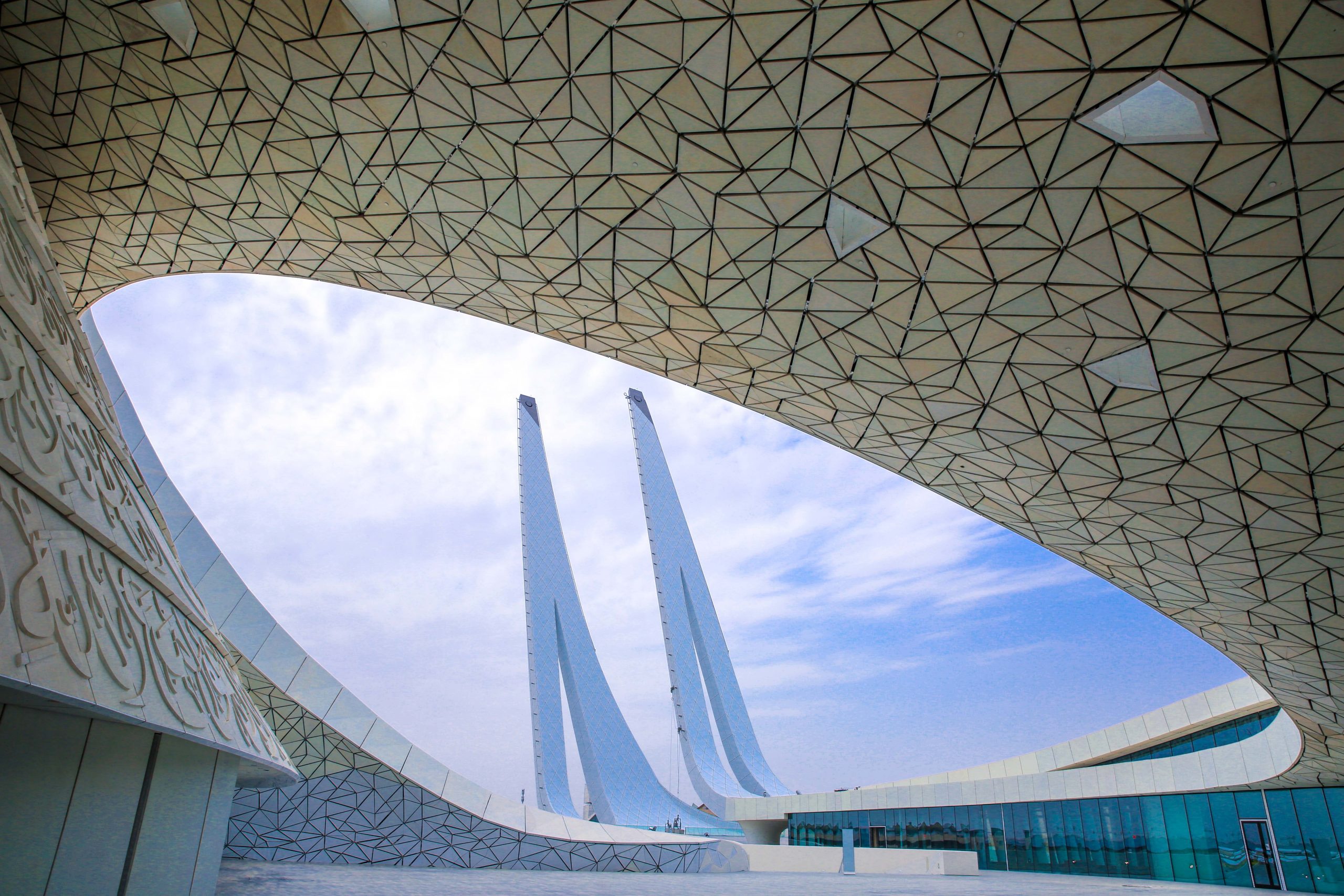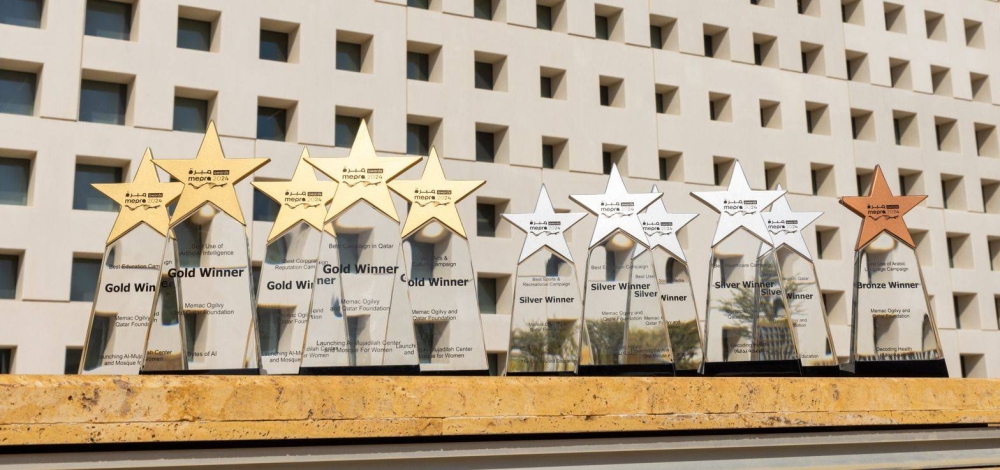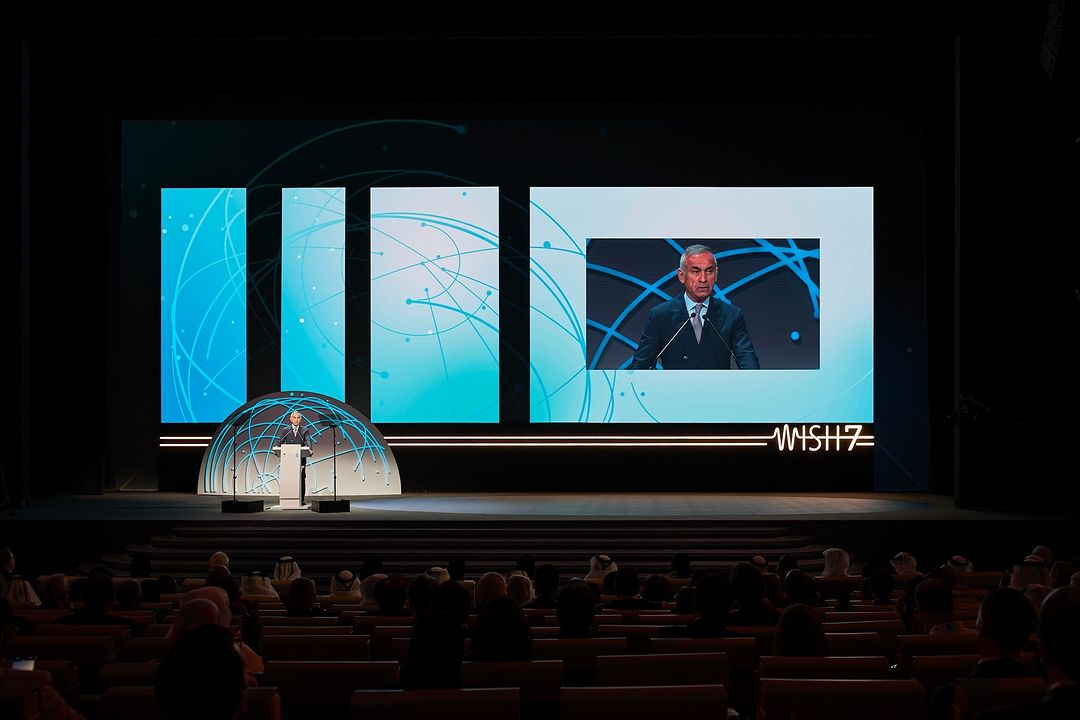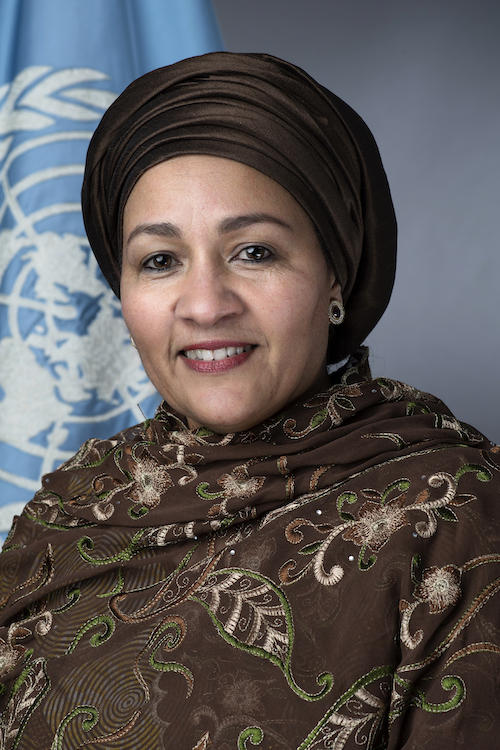
The striking Qatar Faculty of Islamic Studies (QFIS) complex in Education City and a proposed new center for children with complex medical needs have been named as two winners in the world’s largest architectural event.
QFIS, a Qatar Foundation project that took three years to build and opened in March, won the festival’s Day 2 prize for religious buildings at this year’s World Architecture Festival’s awards.
Meanwhile, designs for Hamad Medical Corp‘s upcoming Al Maha Center for Children and Young Adults won the category of future projects – health on the first day of the international festival, which was recently held in Singapore.
Congratulations to @QFIS_QF on winning the best building in the religion category at the prestigious @worldarchfest! pic.twitter.com/Uf48vkYPgc
— Qatar Foundation (@QF) November 8, 2015
The two buildings were the only projects in the Gulf to get recognition, and competed with 27 other facilities around the world in the finals for World Building of the Year and Future Project of the Year.

However, Qatar were beaten out for these accolades by Singapore residential project The Interlace by OMA/Ole Scheeren, which won World Building of the Year; and Vancouver House in Canada, designed by BIG-Bjarke Ingels Group, which was named Future Project of the Year
Still, the QFIS project was highly commended by judges, who praised it as representing “a cultural breakthrough where client and architect have produced a remarkable building,” QF said in a statement.
Ameena Ahmadi, technical director at QF’s Capital Projects Directorate, added:
“Winning the award is recognition to the innovative potentials of spaces for learning and worship. This is a great achievement for Qatar Foundation and Qatar as a whole.
We are proud to have had the opportunity to showcase this Qatari landmark on an international stage and to shed light on Qatar Foundation’s work to foster a society that embraces and enhances Qatari culture and promotes global tolerance of Islamic values.”
Three Qatar projects had been in the running for awards since June, when festival organizers announced a shortlist of 338 facilities from 46 countries.
Out of a total of 10 entries from the GCC, the ones from Qatar included QFIS, the Al Maha Center and a design for a new Qatar courthouse by AGi Architects.
Qatar winners
The QFIS includes a huge, white, cavernous mosque with a total capacity for 1,800 people. The ceiling is adorned with Quranic verses, and also has small lights reminiscent of twinkling stars.

Designed by London and Barcelona-based Mangera Yvars Architects, the complex has a male prayer room on the first floor, which also has a library and a large gilded mehrab in a Qur’an verse-lined alcove.
The female gallery room has a separate seating area that is sectioned off from the main prayer room by a high wall that separates the two genders.
The mosque rests on five structural pillars to symbolize the five pillars of Islam. The pillars are decorated with verses, while underneath water flows from an outer garden.
It has two, 90m-high minarets, and Islamic calligraphy is inscribed on almost every element of the structure’s surface, from roofs to ceramic tiles to glass windows.
The university also includes 54 classrooms, offices and a library, in addition to five research centers.
Al Maha Center
Designed by Australian architects HDR Rice Daubney, this purpose-built facility will be situated on the grounds of Al Wakrah Hospital and will include a development and rehabilitation center specifically for children and young people with complex medical needs.

According to HMC, the center will be the first of its kind in the region, and is scheduled to open in 2017, the Supreme Council of Health’s Annual Report 2014 states.
“The center will be a one-stop, family centered facility providing a range of services for a highly vulnerable group of children (i.e. inpatient, outpatient, day care, respite care, palliative care and outreach pediatric home care services),” HMC said in a statement.
This isn’t the first time Qatar’s buildings have received international praise.
In 2012, Burj Qatar was named the best tall building in the Middle East and North Africa by the Chicago-based Council on Tall Buildings and Urban Habitat.
The $125 million, 46-story building, which was designed by French architect Jean Nouvel won because it combined “ancient Islamic patterns” with modernity, jurors said.
The same award went to Tornado Tower in 2009.
Thoughts?







